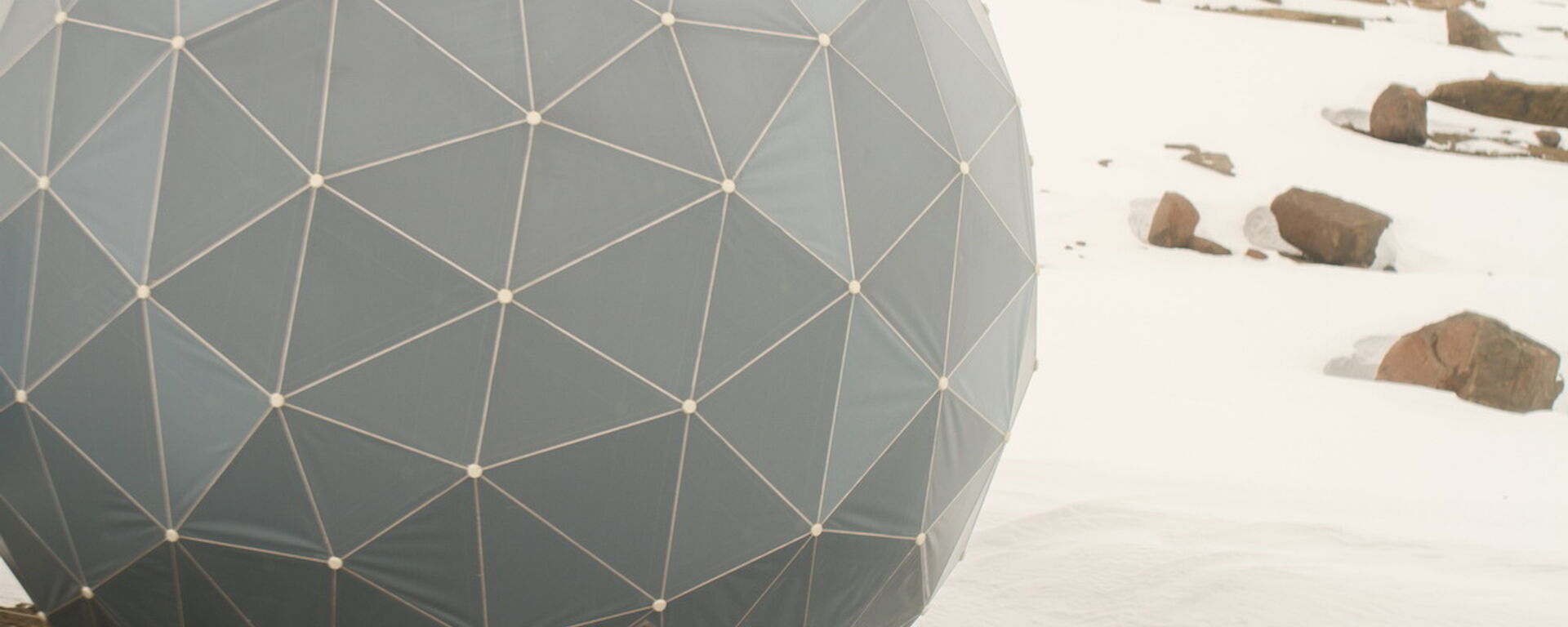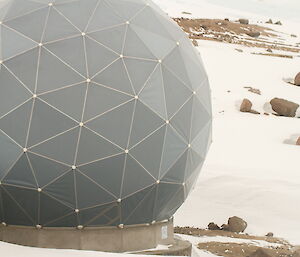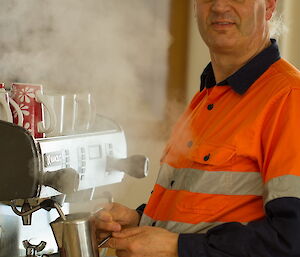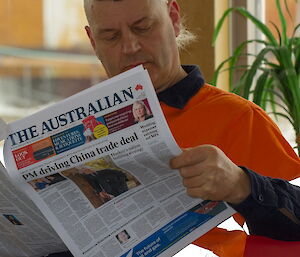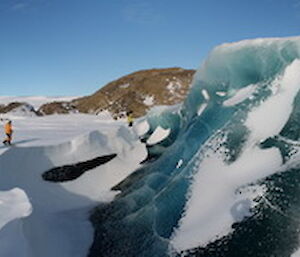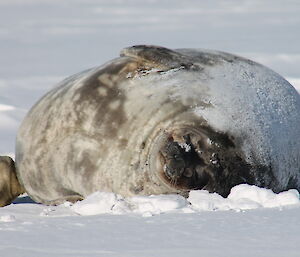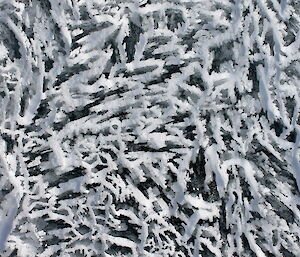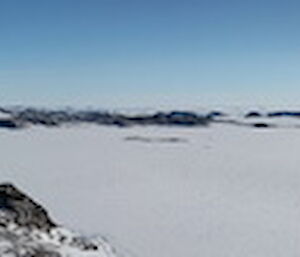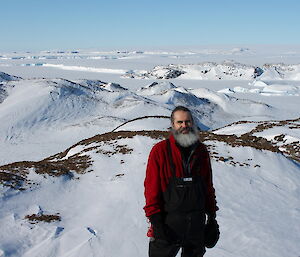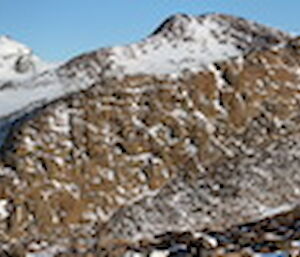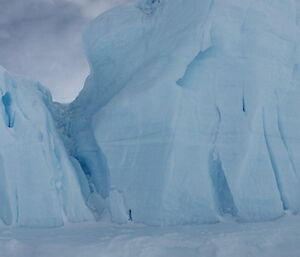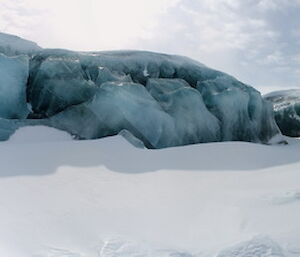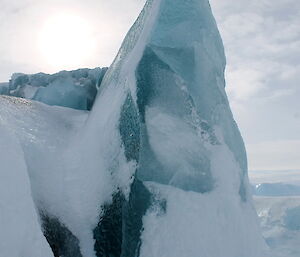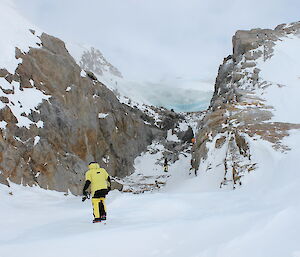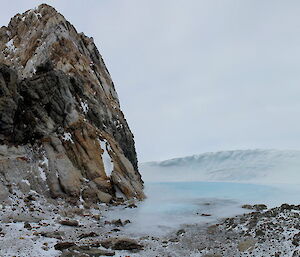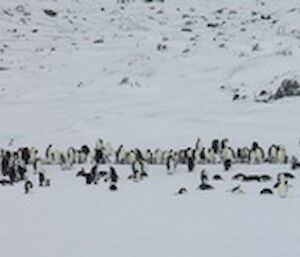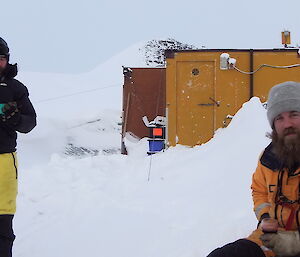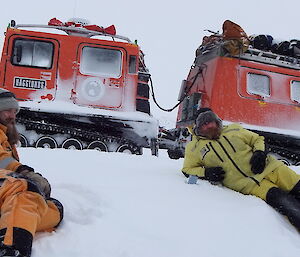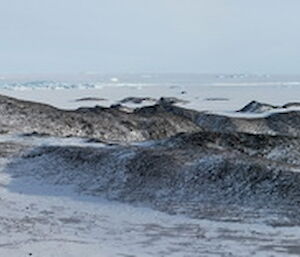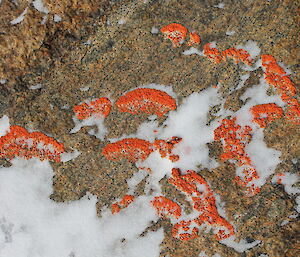This week there was a discussion around the dinner table about ‘Station news’ and the sort of stories we should be sharing to the outside world. Now I could easily write about my experiences with penguins, climbing mountains, travelling on sea ice, this unique environment, and share my thousands of photos that were taken this year but I wanted something more. So here I was looking down at the paper The Australian and it suddenly dawned on me, do people really understand the effort that is even involved in supplying us entertainment media from Australia?
At Mawson station this year we have had two members that look after everything communication related. Let me introduce to you Craig and Chris. I was lucky enough to catch up with Chris this week and persuade him to take time out of what is otherwise a busy schedule. With my top negotiation skills we found a time, a setting, he made me a coffee from our professional cafe machine and we sat down to what would be lengthy but interesting conversation. It was time to find out about the paper that magically appears on our table each day and the recorded TV on the server.
So here are my findings…
There are no fairies or mythological creatures that work in the background to make things happen. It takes a lot of pre-planning, time and effort which is seen and appreciated by all on station.
For a paper to be printed and be delivered at Mawson it must first be sent to us electronically from NewsLink and The Australian in New South Wales. They come into the station via a satellite link and are processed through our server, reformatted and then printed out in full colour. Papers are then sorted, stapled and distributed.
Some of the challenges are making sure we end up with a complete newspaper, the subscription expiring, downloading and reformatting problems.
The schedule that is in place allows the paper to be delivered first thing in the morning. The earliest it arrives is eleven thirty the night before.
It would be the world’s most expensive paper because of the time and effort involved in producing it. The secondary effect is the amount of time reading it and completing the crosswords.
In the future, and as we move with the times, one of the changes I can see is that we will be reading papers from electronic screens. However there is some reluctance to that method as the majority still prefer paper media. Being aware of the environment and our impact here we recycle the old papers as much as we can.
The biggest change this year has been from black and white paper to colour when we received our new printer.
Sport has been popular viewing this year. It is recorded at our head office on a special digital television recorder which is a large computer which can record four TV channels at once. It has remote access and the communication techs record as per station preferences.
The station is restricted to the amount we can watch as every hour of TV takes five to eight hours to download and this can only be done outside normal business hours. These downloads only use available bandwidth that is not required by science or normal station operations.

